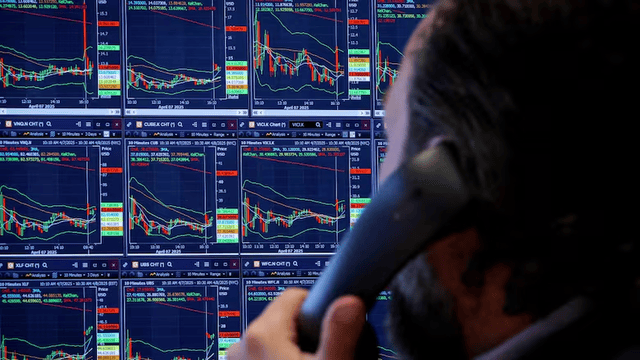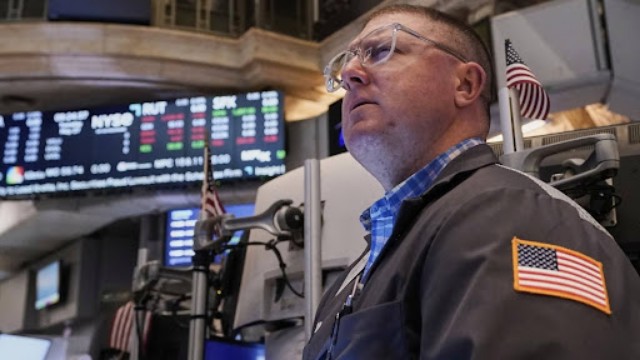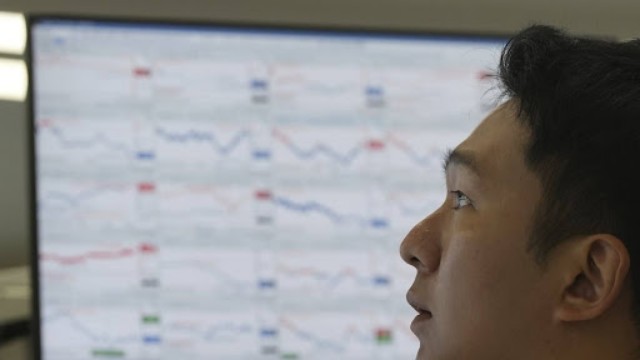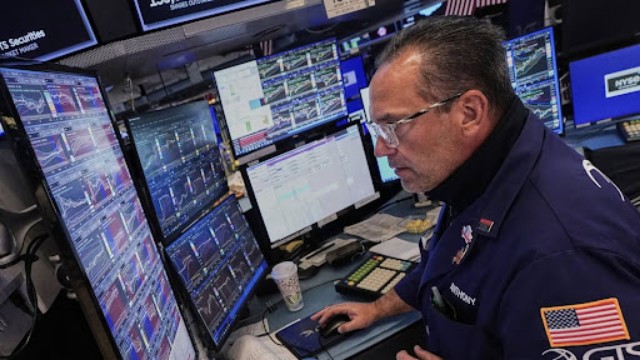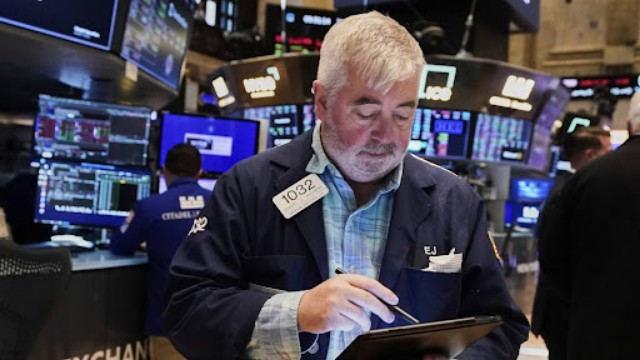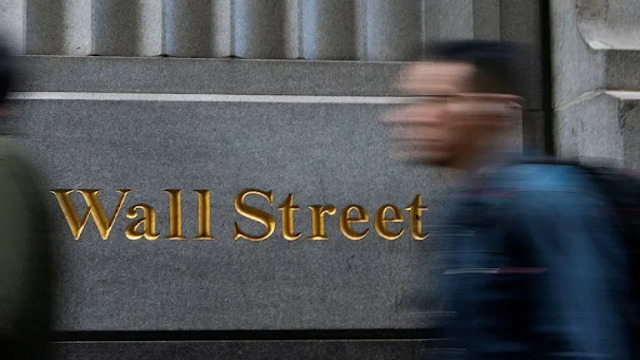
A view of people strolling near the New York Stock Exchange in New York, captured in a photo by Reuters.
As 2024 comes to a close, Wall Street has solidified its dominance, with U.S. markets driving global trends despite widespread economic uncertainty. The year began with skepticism about sustained global stock rallies and the expectation of swift U.S. interest rate cuts. Instead, markets defied predictions, delivering strong gains and leaving global investors captivated by America’s financial clout.
Wall Street’s Stellar Performance
Wall Street’s S&P 500 surged 24% this year, building on last year’s momentum, marking its best two-year streak since 1998. U.S. tech stocks, particularly the “Magnificent Seven,” were at the forefront, with AI excitement fueling extraordinary growth. Nvidia’s shares skyrocketed 172%, and Tesla climbed 69%. By year-end, U.S. assets accounted for an unprecedented share of global portfolios, raising concerns over the heavy reliance on American markets.
President-elect Donald Trump’s victory in November further ignited optimism. Promises of tax cuts and deregulation boosted investor sentiment, propelling Bitcoin to a staggering 128% annual rise.
Global Markets Struggle to Keep Up
While the U.S. flourished, Europe and other markets faced significant challenges. European stocks underperformed U.S. counterparts more than they have in decades, with the euro falling 5.5% against the dollar. The eurozone’s economy, although slowing, showed signs of stabilizing by year-end, prompting hopes for a 2025 rebound. However, the region remains vulnerable if U.S. markets falter.
Emerging markets also faced hardships. The dollar’s strength and fears of U.S. tariffs pressured currencies, with Egypt and Nigeria experiencing 40% devaluations. Brazil’s real dropped over 20%, reflecting investor concerns about government debt.
China’s Volatility
China had a rollercoaster year, with stocks surging 16% in a single week in September after Beijing hinted at economic stimulus. Despite this, intermittent downturns characterized the year. Investors who held firm reaped a 14.5% annual gain, but instability persists as Beijing’s long-term strategies remain unclear.
Bond Market Turmoil
Bond investors had a rough year. While interest rates fell in major economies, inflation proved more persistent than expected, causing losses across the board. U.S. 10-year Treasury yields rose by 60 basis points, Britain’s by 100 bps, and Germany’s by 16 bps. Japan, grappling with inflation, saw its largest bond yield increase since 2003. As Trump's economic policies loom, bond markets face uncertainty in 2025.
Unexpected Success Stories
Amid global turbulence, some surprising winners emerged. Argentina’s bonds delivered 100% returns, buoyed by Trump’s expected policies and hopes for economic reform. Lebanon’s defaulted bonds saw similar gains as Middle Eastern conflicts reshaped investor outlooks. Ukrainian bonds also soared, benefiting from speculation that Trump’s presidency might hasten an end to the Russia-Ukraine war.
Looking Ahead
The year has demonstrated how deeply global markets remain tied to U.S. trends. While Wall Street’s dominance has driven significant gains, the risks of overreliance are becoming increasingly apparent. As 2025 approaches, investors must navigate an unpredictable landscape shaped by geopolitical tensions, economic policies, and the enduring strength of the U.S. dollar.




